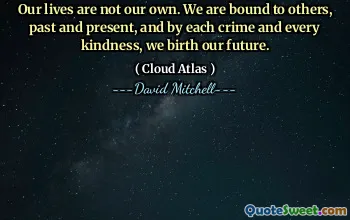The conflict between science and religion is in reality a misunderstanding of both. Scientific materialism has merely introduced a new hypostasis, and that is an intellectual sin. It has given another name to the supreme principle of reality and has assumed that this created a new thing and destroyed and old thing. Whether you call the principle of existence God, matter, energy, or anything else you like, you have created nothing; you have simply changed a symbol. The materialist is a metaphysician malgré lui.
The conflict often perceived between science and religion arises from a misunderstanding of both domains. C.G. Jung suggests that scientific materialism simply creates a different label for the fundamental principle of existence, which has existed long before modern interpretations. By renaming concepts such as God, matter, or energy, materialism may appear to offer a new perspective, but it ultimately represents a mere symbolic shift rather than a revolutionary change in understanding. This leads to a reductionist view that misses the essence shared between the two realms.
Furthermore, Jung posits that materialists, by adhering strictly to their views, unknowingly engage in metaphysical reasoning. Their insistence on a single interpretation of reality reflects a deeper philosophical position that acknowledges the complexities of existence beyond mere physical explanations. The apparent rivalry between science and religion is not a true dichotomy but rather a reflection of our attempts to grasp the larger mysteries of life, indicating a need for a more integrated understanding that transcends labels and encourages dialogue.





